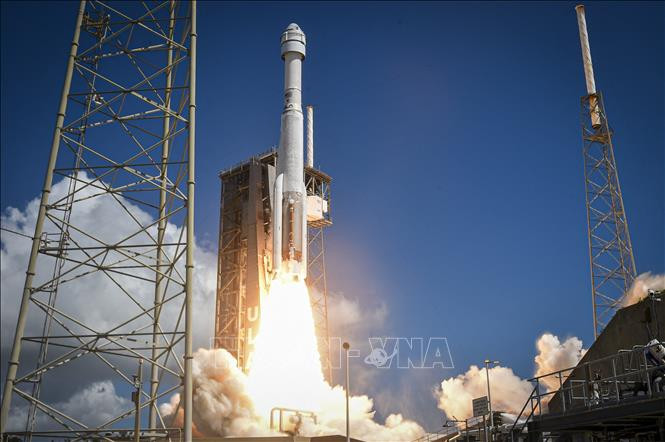On June 11, the US National Aeronautics and Space Administration (NASA) and aircraft manufacturer Boeing announced that they plan to bring the Starliner spacecraft and crew back to Earth on June 18.

On June 5, Boeing's CST-100 Starliner spacecraft carried two NASA astronauts to the International Space Station (ISS). The spacecraft and its crew were originally scheduled to leave the ISS and return to Earth on June 14.
In planning the Starliner’s return to Earth, NASA officials in Houston are working to consider a variety of factors, including repairs to faulty parts on the spacecraft, weather conditions and activities on the ISS, such as spacewalks by astronauts. More adjustments to the Starliner return date could be announced. As of June 11, however, launch officials were aiming for a June 18 departure from the ISS. The spacecraft is expected to land about six hours later in the desert at White Sands Missile Range in New Mexico, or Willcox Playa inland dry lake in Arizona, or other pre-determined locations, depending on weather conditions.
Speaking to reporters, Dina Contella, deputy director of NASA’s ISS program, said the agency discovered a new problem, a faulty oxygen valve, while the spacecraft was still at the ISS. Previously, in a NASA blog post on June 10, the agency mentioned a helium leak in the Starliner’s propulsion system, in addition to the four problems identified during the 24-hour journey to the ISS last week.
NASA officials added that during the journey, five of Starliner's 28 thrusters failed. However, NASA and Boeing were able to restore four of them so the spacecraft could reach the ISS. The maximum time Starliner can dock at the space station is 45 days.
The CST-200 Starliner crew’s maiden voyage to the ISS is a major milestone for Boeing, as it is seen as a key test before NASA certifies the Starliner for regular flights. The launch comes at a time when Boeing is trying to gain a larger share of NASA’s lucrative business.